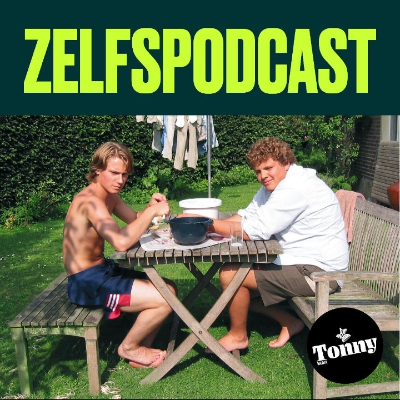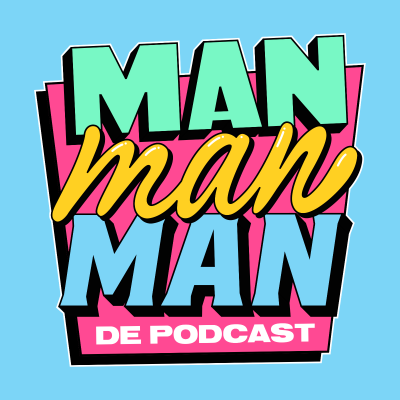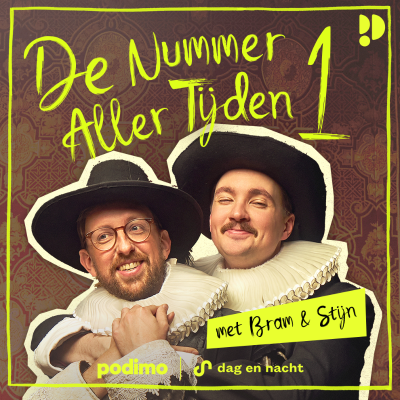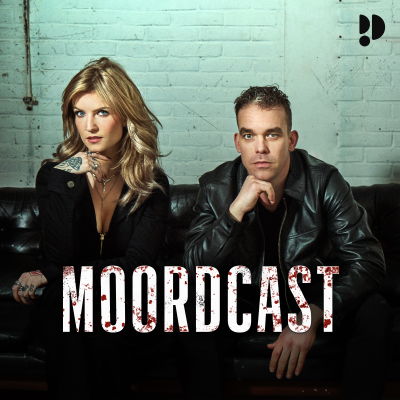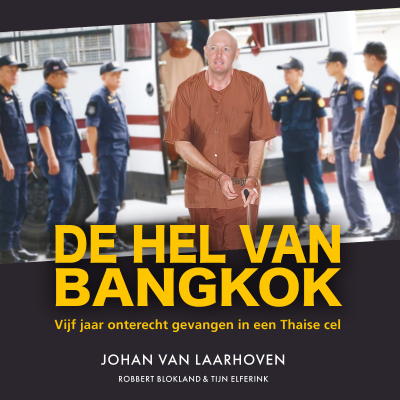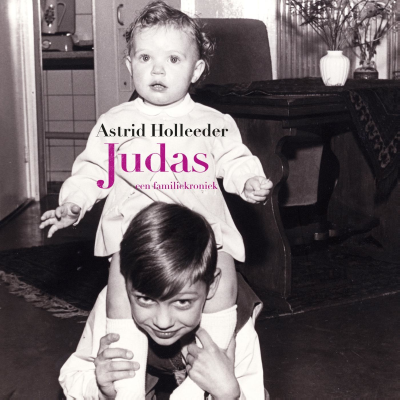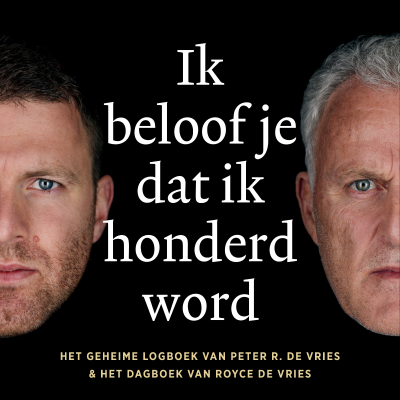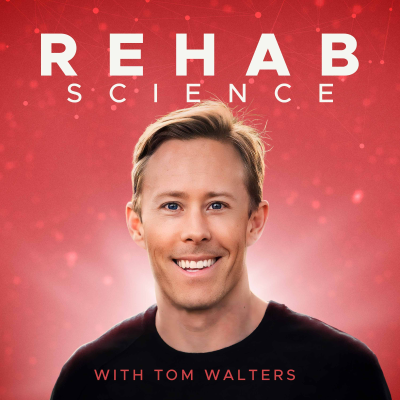
Rehab Science with Tom Walters
Podcast door Tom Walters
In the Rehab Science Podcast, Dr. Tom Walters, DPT, OCS, an orthopedic physical therapist, kinesiology professor and bestselling author, teaches strategies to help you overcome pain, heal from injury and move better. The podcast features short solo episodes on various pain issues and injuries and guest interviews from health experts, including orthopedic surgeons, professors of health and performance, pilates and yoga instructors, acupuncturists and many more.
Probeer 7 dagen gratis
€ 9,99 / maand na proefperiode.Elk moment opzegbaar.
Alle afleveringen
33 afleveringenThe supraspinatus is one of the four muscles that make up the rotator cuff, originating from the supraspinous fossa of the scapula and inserting onto the greater tubercle of the humerus. Its primary function is to initiate shoulder abduction and contribute to dynamic stability of the glenohumeral joint, particularly by resisting excessive superior translation of the humeral head. Due to its position and role, the supraspinatus is highly susceptible to mechanical compression beneath the acromion, especially in individuals with poor scapular control or altered rotator cuff coordination. Research suggests that supraspinatus tendinopathy and tears are among the most common sources of rotator cuff-related pain, particularly in overhead athletes and older adults. However, not all supraspinatus pathology is symptomatic, emphasizing the importance of assessing strength, movement patterns, and pain reproduction rather than relying solely on imaging findings when determining clinical relevance. Several studies have shown that rotator cuff tears can be observed on MRI when testing people who are asymptomatic (pain-free), which means they may simply be a normal age-related change. However, if you have pain and limited shoulder function and have evidence of a rotator cuff tear or tendinopathy on imaging, then your symptoms and the image may be correlated. Here is one study [https://pubmed.ncbi.nlm.nih.gov/38822702/] you might like to read if you want to learn more about this research. When treating supraspinatus tendon tears and tendinopathy, physical therapists focus on pain management, restoring shoulder function, and strengthening the rotator cuff and scapular stabilizers. Early rehab emphasizes activity modification, isometric exercises, and gentle mobility work to reduce pain and maintain range of motion. Scapular control exercises help optimize shoulder mechanics, while posterior capsule stretching may be included if tightness contributes to impingement. As symptoms improve, progressive strengthening of the rotator cuff, particularly in external rotation and abduction, helps restore tendon resilience and function. In later rehab stages, eccentric loading, plyometric drills, and functional training are introduced to improve tendon capacity and dynamic stability, especially for individuals returning to overhead activities. Education on load management, proper movement mechanics, and long-term maintenance exercises is essential to prevent recurrence. While partial tears and tendinopathy often respond well to conservative care, full-thickness tears may require surgical consideration, followed by a structured rehabilitation program. Here is a video [https://youtu.be/JtOWSWRa8Qk?si=MDqz9le3enuJ_cED] from my YouTube channel that covers a few exercises that often help people suffering from supraspinatus pain and dysfunction. I hope the tips in this podcast were helpful and you feel better equipped to treat supraspinatus issues! Besides the YouTube video I linked in this episode, my book contains comprehensive programs for the 50 most common orthopedic conditions, including rotator cuff injuries. The programs are broken into three phases and include exercises that can be used to help prevent injuries as well as help you recover from an injury. If you want to learn more about my book, visit my website [https://rehabscience.com/book/] or click the Amazon link [https://amzn.to/4jtFZ0R]. Thanks for reading and I hope you have a great day! Dr. Tom
In today's podcast episode, we are going to look at a condition called gluteal tendinopathy, which is a common cause of lateral hip pain due to an irritation of two of the gluteal tendons (gluteus medius & gluteus minimus). Previously, this type of pain was thought to be caused by trochanteric bursitis, but more recent research has shown that bursitis only accounts for approximately 20% of these cases (see references below). The majority of lateral hip pain cases are now thought to be due to gluteal tendinopathy or irritation of the gluteal tendons where they attach on the side of the hip (greater trochanter). Risk factors for developing gluteal tendinopathy include: female gender (4:1 female to male ratio), increased body mass index (BMI), excessive hip adduction during walking/running, prolonged hip flexion (sitting) and weak hip abductors muscles (especially gluteus medius and minimus). Treatment of this disorder is similar to other tendinopathies in that the focus is on gradually loading and strengthening the gluteal tendons via resistance training exercises that target the hip abductor muscles. These types of exercises not only improve the working capacity of the muscles and their tendons, but also help reduce tendon pain. My YouTube video below includes a a few exercises that typically help people suffering from gluteal tendinopathy. YouTube Link [https://youtu.be/9At4wIEKD78?si=1r8O1lPKe-attgHO] Here are a couple of articles that you can read to learn more about this disorder. 1. Long SS, Surrey DE, Nazarian LN. Sonography of greater trochanteric pain syndrome and the rarity of primary bursitis [https://www.ajronline.org/doi/10.2214/AJR.12.10038]. AJR Am J Roentgenol. 2013;201(5):1083-1086. 2. Pianka MA, Serino J, DeFroda SF, Bodendorfer BM. Greater trochanteric pain syndrome: Evaluation and management of a wide spectrum of pathology [https://pmc.ncbi.nlm.nih.gov/articles/PMC8182177/]. SAGE Open Med. 2021. 3. Ladurner A, Fitzpatrick J, O'Donnell JM. Treatment of Gluteal Tendinopathy: A Systematic Review and Stage-Adjusted Treatment Recommendation [https://pmc.ncbi.nlm.nih.gov/articles/PMC8330465/]. Orthop J Sports Med. 2021;9(7):23259671211016850. I hope the information in this episode was helpful and you feel better equipped to treat gluteal tendinopathy related pain. Besides the YouTube video I linked, my book contains comprehensive programs for the 50 most common orthopedic conditions, including one for gluteal tendinopathy. The programs are broken into three phases and include exercises that can be used to help prevent injuries as well as help you recover from an injury. If you want to learn more about my book, visit my website [https://rehabscience.com/book/] or click HERE [https://amzn.to/40xzzaQ] to view the book on Amazon. Thanks for reading and I hope you have a great day! Dr. Tom
Today's episode covers a case I saw in the clinic in which a patient presented with symptoms consistent with a calf muscle strain, but ended up having a blood clot or deep vein thrombosis (DVT). Deep Vein Thrombosis or DVT describes a situation in which a blood clot (thrombus) forms in one of our deep veins. In many instances, this occurs in the calf region and happens after a person has undergone a surgical procedure. Typical symptoms include pain, swelling and warmth in the region. Besides surgery, blood clots can occur when we have been sedentary for extended periods (plane flight, bed rest after an injury, etc). DVTs can become a life-threatening if they break loose and move through the blood stream to the lungs. This situation is referred to as a pulmonary embolism (PE) and blocks blood flow to a portion of the lungs. If you enjoyed this episode, please consider following my podcast on Apple Podcasts or Spotify by clicking the 'follow' button. Also, if you would consider leaving a 5-star review for the podcast, it would mean a lot to me. Thank you!
In today's episode, I speak with orthopedic physical therapist, content creator and entrepreneur, Dr. Caleb Burgess. Caleb is a licensed Doctor of Physical Therapy, a certified specialist in Orthopedic Physical Therapy through the American Board of Physical Therapy Specialties, and a Certified Strength and Conditioning Specialist through the National Strength and Conditioning Association. In 2014, Caleb received his Doctorate in Physical Therapy (DPT) from Azusa Pacific University. The next two years he completed a Residency in Orthopedic Physical Therapy and then a Fellowship in Sports and Orthopedic Physical Therapy through Kaiser Permanente Southern California. This advanced training allowed him to become an expert in musculoskeletal conditions both related to the general and athletic populations. Furthermore, as a strength and conditioning specialist, Caleb is qualified to help people develop and achieve higher level performance based goals that extend beyond traditional rehabilitation. To learn more about Caleb's work, visit his instagram account (@dr.caleb.burgess) or his website [https://drcalebburgess.com/].
In today's episode, I interview physical therapist and ACL rehabilitation specialist, Dr. Wesley Wang, DPT. This episode covers much of the current research regarding ACL rehab and will be helpful to both individuals who have suffered an ACL injury or want to prevent one from happening and practitioners who treat patients who have undergone an ACL recontruction. Wesley is a physical therapist at Healthy Baller, which is located in Rockville, MD. He specializes in treatment of sports injuries and ACL reconstructions. The majority of his patients are middle and high school athletes as well as athletes from various colleges across the country. Wesley's goal is to develop a trusting relationship with the patient while focusing on treating the source of the pain. Treatments prioritize regaining full mobility, strength and confidence to reduce the likelihood of suffering another injury. To learn more about Wesley's work, visit his Instagram account (@wesleywang.dpt) or his website [https://wesleywangdpt.com/].
Probeer 7 dagen gratis
€ 9,99 / maand na proefperiode.Elk moment opzegbaar.
Exclusieve podcasts
Advertentievrij
Gratis podcasts
Luisterboeken
20 uur / maand
